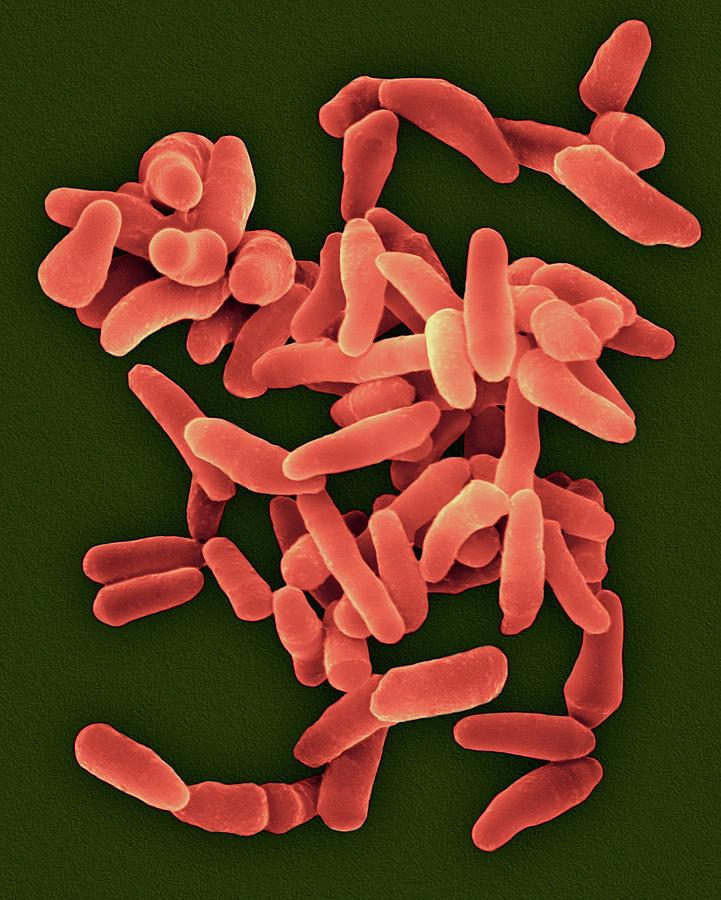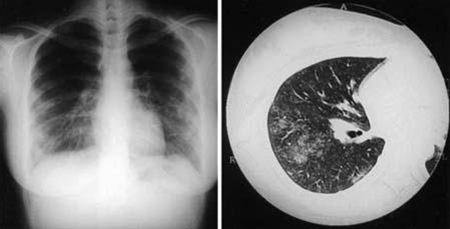


Primary antibody was diluted (1/1000) in PBS (0.01 M PBS, pH 7.2) and applied at 4☌ overnight. 12 Antigen retrieval pretreatments were performed using a HIER citrate buffer pH 6.0 (Bio-Optica, Milan, Italy) for 20 minutes at 98☌. 6 Immunohistochemistry was performed using horseradish peroxidase (HRP) method described elsewhere. burnetii Cb10B10 mouse monoclonal antibody, identified by Western immunoblot as an IgG1 that reacts with a 25–26-kDa band. Immunohistochemical analysis was performed with anti– C. burnetii in macrophages at the site of inflammation in infertile dairy cows. 1 The aim of this study was to describe the presence of C. 18 However, there is no solid evidence of a causal relationship with these reproductive outcomes. burnetii and a range of other reproductive conditions such as retained fetal membranes, 19 poor conception rates and calving outcomes, 18 infertility and sterility, 10 and endometritis/metritis. 1 Several studies have addressed the possible associations between C. 1 The outcome of an infection of the pregnant uterus can lead to abortion, premature delivery, stillbirth, and weak offspring in addition to clinically normal progeny that may or may not be congenitally infected. 1 In cattle, Coxiella burnetii infection is generally asymptomatic, but it can also be associated with reproductive disorders.

Infection apparently persists indefinitely in sheep and cattle, and bacteria are shed at parturition and via milk. 6 Human and domestic animal infections may occur when contaminated dust or aerosols are inhaled. burnetii in macrophages in the endometrium of cattle.Ĭoxiella burnetii is a zoonotic, Gram-negative, obligate intracellular bacterium causing Q (Query) fever in humans. burnetii PCR-positive biopsies identified, for the first time, the presence of intralesional and intracytoplasmic C. These 10 cases revealed a mild to severe chronic endometritis admixed with perivascular and periglandular fibrosis. burnetii and negative for other pathogens by aerobic bacterial culture and PCR. The endometrial biopsies of 30 cows did not have any significant lesions, and no pathogens were identified by aerobic bacterial culture and PCR. Uterine swabs were concurrently tested with microbiology assays. For this study, histopathological and PCR evaluation were performed on 40 uterine biopsies from dairy cattle with poor fertility. burnetii causes endometritis, subfertility, and retained fetal membranes. However, no solid evidence indicates that C. burnetii and abortion, premature delivery, stillbirth, and weak offspring. Several studies have reported the association between C.

All subjects Allied Health Cardiology & Cardiovascular Medicine Dentistry Emergency Medicine & Critical Care Endocrinology & Metabolism Environmental Science General Medicine Geriatrics Infectious Diseases Medico-legal Neurology Nursing Nutrition Obstetrics & Gynecology Oncology Orthopaedics & Sports Medicine Otolaryngology Palliative Medicine & Chronic Care Pediatrics Pharmacology & Toxicology Psychiatry & Psychology Public Health Pulmonary & Respiratory Medicine Radiology Research Methods & Evaluation Rheumatology Surgery Tropical Medicine Veterinary Medicine Cell Biology Clinical Biochemistry Environmental Science Life Sciences Neuroscience Pharmacology & Toxicology Biomedical Engineering Engineering & Computing Environmental Engineering Materials Science Anthropology & Archaeology Communication & Media Studies Criminology & Criminal Justice Cultural Studies Economics & Development Education Environmental Studies Ethnic Studies Family Studies Gender Studies Geography Gerontology & Aging Group Studies History Information Science Interpersonal Violence Language & Linguistics Law Management & Organization Studies Marketing & Hospitality Music Peace Studies & Conflict Resolution Philosophy Politics & International Relations Psychoanalysis Psychology & Counseling Public Administration Regional Studies Religion Research Methods & Evaluation Science & Society Studies Social Work & Social Policy Sociology Special Education Urban Studies & Planning BROWSE JOURNALSĬoxiella burnetii is an obligate intracellular pathogen and the cause of Q fever in many animal species and humans.


 0 kommentar(er)
0 kommentar(er)
